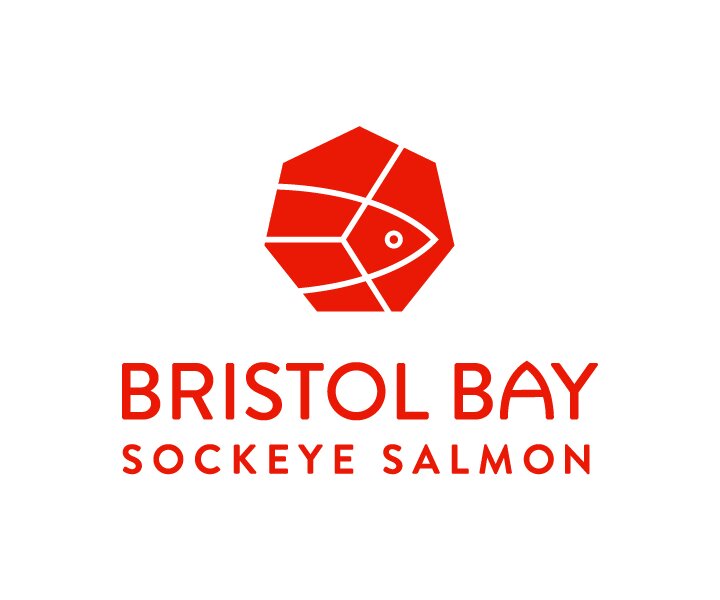Bristol Bay Needs Processing Workers & Long-Term Protections
/Bristol Bay salmon processors are in dire need of workers for the upcoming season. More salmon are projected to return to Bristol Bay than ever before, unfortunately, this coincides with an extremely tight labor market. Alaska processors have ramped up efforts to hire domestic workers, but it may not be enough to get a sufficient labor pool for the 2022 season. Processors are hoping that Congress will make more H-2B visas available this summer.
The H-2B visa program allows domestic companies to temporarily hire foreign, nonimmigrant workers for non-agricultural positions. Typically, Alaska processors report filling about one-third of their seasonal labor with H-2B workers. Currently at question is whether Congress will allow or direct the Department of Homeland Security to release additional H-2B visas for the second half of FY2022 (largely this summer), although processors are also seeking a long-term solution on this issue that can provide more certainty in regards to how many visas will be available to fill seasonal seafood processing jobs.
Allowing Alaska processors to fill seasonal labor needs with foreign workers would be a substantial benefit for Bristol Bay fishermen, who hail from nearly every U.S. state. If processors cannot get enough workers, fishermen could be put on limits and harvest far less fish. Further, putting fishermen on limits couldresult in overescapement and jeopardize the abundance of future Bristol Bay salmon runs.
The economic and biological impacts of foregone harvest and overescapement could be substantial. Last year, the ex-vessel value of overescapment in Bristol Bay was approximately $75 million on a harvest of 40 million sockeye – this year’s projected available harvest is 60 million sockeye! As the world’s most productive wild salmon fishery, the biological damage could be even more costly. As fishermen know, when too many salmon spawn upstream, it often leads to overgrazing lakes, lower survival rates, and reduced production capacity for future runs. Bristol Bay has been extremely productive in recent years using stable escapement goals while wild salmon runs have struggled elsewhere in North America. It would be a shame to lose years or even more than a decade of strong productivity in the world’s most abundant wild salmon system at a time when stocks are becoming scarcer elsewhere. That’s bad for U.S. consumers, exports, fishermen, and companies in the downstream supply chain.
Fishermen who wish to comment on this issue can find contact information for their U.S. Senator or Representative by visiting this website. Alaska’s Congressional delegation has been strong supporters of providing seafood processors expanded access to the H-2B visa program as it has clear benefits to the state’s economy, but the impact of Alaska’s seafood industry on other states, particularly those in the Pacific Northwest, is often less apparent.
Outside of the near-term challenges facing the 2022 season, Bristol Bay also needs long-term protections for its world-class salmon habitat. Last November, the Environmental Protection Agency (EPA) announced intentions to issue a revised Proposed Determination that (if finalized) would prohibit discharges of dredged or fill material into waters associated with the Pebble deposit. The threat of a massive, open-pit mine being built within the world’s most productive wild salmon habitat has hung over Bristol Bay stakeholders for over 20 years. BBRSDA and other organizations seeking to protect Bristol Bay have urged the EPA to conclude their administrative process and implement protective measures by the end of this summer.
EPA has used its Section 404(c) authority sparingly, issuing final determinations only 13 times in the 50-year history of the Clean Water Act. The agency’s use of the authority has typically involved major projects with significant impacts on some of America’s most ecologically valuable waters. The unique abundance of wild sockeye salmon in Bristol Bay is clearly one of this country’s most valuable ecological assets.




